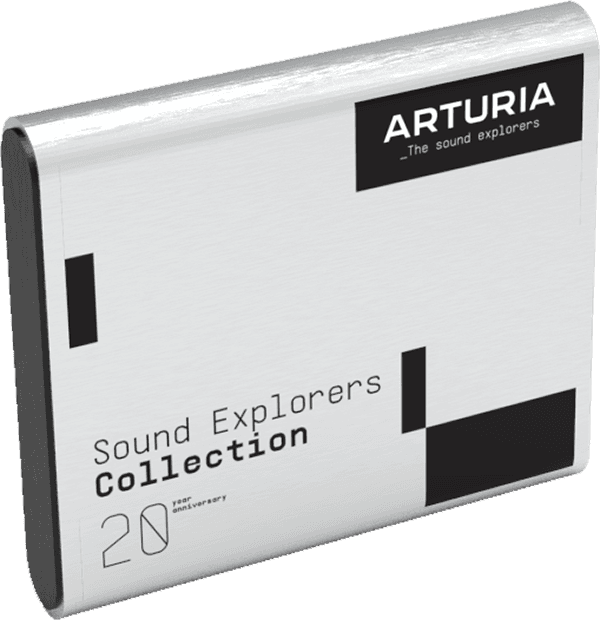

- ARTURIA PIGMENTS BANKS HOW TO
- ARTURIA PIGMENTS BANKS UPDATE
- ARTURIA PIGMENTS BANKS FULL
- ARTURIA PIGMENTS BANKS SOFTWARE
In the past, some users have run into serious CPU issues trying to run earlier versions of Pigments.
ARTURIA PIGMENTS BANKS HOW TO
If that’s the case, Serum may be a better choice but again, with 1200 presets in Pigments 3, there’s really no excuse to not find a usable sound when you don’t even have to know how to use the plugin to get it. With more features come more complications, and some users might find Pigments overly complex for their taste. For what it’s worth, Pigments is certainly the more feature-rich and flexible of the two, but as far as sound quality goes, both are on par with the highest quality money can buy. Pigments 3 and Serum are really two different beasts, and there’s plenty of room for both in any VST collection. Like Pigments, it also comes with its own arsenal of effects for further sound warping, and a formidable 450 presets to get up and running. Serum is an excellent advanced wavetable synth, with the ability to import your own audio files and manipulate them within the instrument (which you can in Pigments as well). The engines in Pigments can run in wavetable, or one of three other synthesis modes for more variation. On paper, at least, Serum is strictly a wavetable synthesizer. Really, though, every soft synth has its own thing going on, so one is not necessarily better or worse than the other. Arturia Pigments vs SerumĪrturia Pigments 3 is pitted against the usual suspects, including the ever-popular Serum by Xfer. Overall, Pigments only gets better in version 3. Apart from that, Arturia added four new effects: a pitch-shifted delay, multiband compressor, flanger, and chorus. It’s practically a third engine by itself, capable of really shifting the sound into unique territory.

The biggest inclusion this time around is the new Utility Engine.
ARTURIA PIGMENTS BANKS UPDATE
With that you can introduce movement or randomization to your synth patch, chord progression, or melody.Īrturia Pigments 3 is the second major update in just three years.

Finally, the Seq panel contains a 16-step sequencer/arpeggiator.
ARTURIA PIGMENTS BANKS FULL
There are 18 in total, covering the full range of possibilities from EQ/filters, to dynamics, time-based effects, modulation, and saturation. Here you can combine any three of the included effects. Its purpose is to add a bit of depth and texture through a sub oscillator and a couple layers of noise. Pigments 3 also introduces a new utility engine which runs alongside whichever two primary engines you choose. You can shape the overall sound in the Synth panel using two different sound engines, each of which can run in Analogue, Wavetable, Sample, or the brand new Harmonic mode.

The instrument itself breaks down into three main panels: Synth, FX, and Seq. Loading up one of these presets also gives a great first impression of Pigments as a whole the quality is as good as it gets, the sounds are rich and textured, and Arturia excels at unique synthesizers as much as they do with emulations. A massive collection of 1200 presets means you can explore endless possibilities-regardless of how deep your synthesis knowledge goes. Nearly anything is possible, from acoustic sounding plucks to jagged EDM bass lines, and washy choral pads to granular percussive jabs. Pigments gets its name from its vast sonic palette. Today we’ll check out Arturia Pigments 3, its latest updates, and whether it’s worth the supposed hype! Overview: Arturia Pigments 3 Virtual Instrument It debuted as recently as 2018, and has seen two major updates in a short period of time.
ARTURIA PIGMENTS BANKS SOFTWARE
Best known for their software recreations of classic hardware synthesizers, Pigments is Arturia’s first original soft synth. For over two decades, Arturia has been at the forefront of virtual instruments.


 0 kommentar(er)
0 kommentar(er)
